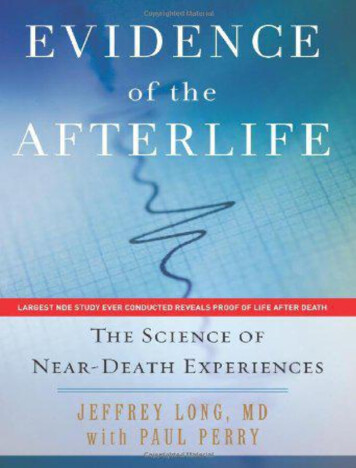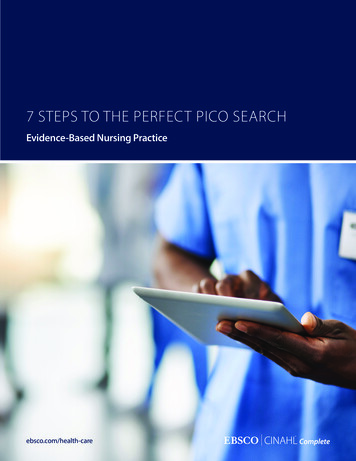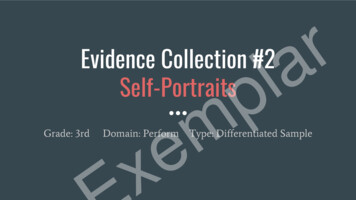
Transcription
ralEvidence Collection #2Self-PortraitsGrade: 3rdDomain: PerformpmType: Differentiated Sampleex
ConsiderationsralIn this evidence collection, I am showing perform. I chose work from all of 3rd grade. Isee each of the four 3rd grade classes once a week for 45 minutes. I teach in an I-zoneschool where the majority of the student population is economically marginalized.There is a total of 81 3rd grade students with 49 girls and 32 boys. Of the 81 students,the pre-assessment showed 52 emerging students, 17 proficient students, and 12advanced students. 21 students in the emerging group have learning disabilities, as wellas 4 students (1 from the proficient group and 3 from the emerging group with specialneeds) who are mainstreamed into the General Ed. classroom.expm
Lesson OverviewralObjectiveIn this lesson students learned about drawingtheir faces. A pre-assessment was given before thelesson where students were asked to draw a selfportrait of themselves. They were instructed touse a mirror, a pencil, and could add color.During the lesson we looked at several artists’self-portraits, learned about drawing facialfeatures, and how through the use of varioustools and techniques, such as varying line quality,students could achieve a likeness of themselves aswell as highlight prominent facial features. Therewas a mid-review and the post-assessment wascompleted after the lesson. The time span of thisevidence collection was 8/22/16 - 2/17/17.TLW demonstrate an understanding ofself-portraits through the practice of properplacement of facial features and learnvarious ways of using tools and techniques.TLW will also enhance observation skillsthat will be useful for self-reflection andinquiry in the form of a written assessment.expm
Emerging StudentPre-AssessmentRationale: The emerging artist lacks the understanding of what a self- portrait is in thepre-assessment but attempts to show higher level thinking by drawing a picture of herself. Thegrowth is evident because the emerging student places features in locations accurate to thelesson that was taught and understands the definition of a self-portrait. Although the eyes andnose are still too high, the emerging student has moved three levels in growth when comparingher written assessment to each point of time.Mid-ReviewralPost-Assessmentexpm
Student’s AnalysisandReflection of Growth3 things I learned: I have learned that aself-portrait is about your face becauseit is the focal point of the picture notthe body. Don’t worry about the body.I have also learned that it’s okay not toknow how to do something, but it’snot okay to try because you neverknow until you try and do your best.ralexpm2 things I like about my art: I like thatmy finished work looks more like menow. I like that I can draw like an artistnow and I can see things like an artistlike my nose is not a real shape but hasnostrils and a bridge.1 thing I would change or dodifferently: I would bring my eyesdown because my teacher said theystill to high but I did learn how todraw them better.
Proficient StudentPre-AssessmentRationale: The proficient student demonstrates some developmentally appropriate evidence inknowing that a self-portrait is a drawing of one’s self but lacks the confidence in placing featuresin proper places. The eyes and eyebrows are placed on the forehead and the lips are places onthe chin.This student moves 2.5 levels in growth because she moves through each point of time(executing with more confidence) proper placement of features and with intended use of tools,possessing a controlled understanding of material.Mid-ReviewralPost-Assessmentexpm
Student’s AnalysisandReflection of Growthral3 Things I learned: My head is morethan just an oval. My eyes areslant-shaped, not really round like agolf ball. I learned about Mona Lisaand Picasso and Van Go.expm2 Things I like about my art: I likehow I worked on my hair because atfirst I wanted to draw every string ofhair but then I just focus on theshapes that I see.1 thing I would change or dodifferently: I would use more oilpastels because I like how it looks onmy shirt.
Advanced StudentPre-AssessmentRationale: The advanced student’s pre-assessment is independent with developmentallyappropriate evidence of drawing skill; he is clearly an advanced student, however he centralizedfeatures very close and the eyes were spread apart too far. The post-assessment has a range ofabilities with technique and the self-portrait demonstrates the intended use of tools, where by thethird point in time, he is able to evaluate features and introduce shadow to define features. Healso applies line density (as mentioned in his written assessment) where he knows shadow hitshis face.Mid-ReviewralPost-Assessmentexpm
Student’s AnalysisandReflection of Growthral3 things I learned: I learned how toshade with a pencil. I learned to drawlight until I get it right because youreraser can help you with your mistakes.I learned about light source like the sunand lamps and the shadow can hit yourface and make you see your featuresmore better.expm2 things I like about my art: I like howyou can use your fingers when youshade. I like my final piece because it islooking more like me.1 thing I would change or do differently:I have to keep remembering that I haveto push myself to get better and don’tget mad when I mess up and try my besteven if I don’t like it at first.
Teacher’s Overall Analysis and Reflection of GrowthralSignificant growth is captured over three points in time. Marked, exceptional andmasterful growth is clearly demonstrated in their work. The students applied whatthey learned from our study of various artists’ portraits, while transitioning into usingmedia in ways to help enhance certain facial features. In the form of a critique,students reflected on their work as they considered 3 things that they learned, 2 thingsthat they liked about their work, and 1 thing that they would change or do differently.The written assessment captures metacognition, where the students realize theirmistakes and aim to do better. They even found themselves using phrases that I woulduse throughout the lesson to scaffold instruction that was used in their self-reflectionsas well.expm
self-portraits, learned about drawing facial features, and how through the use of various tools and techniques, such as varying line quality, students could achieve a likeness of themselves as well as highlight prominent facial fea
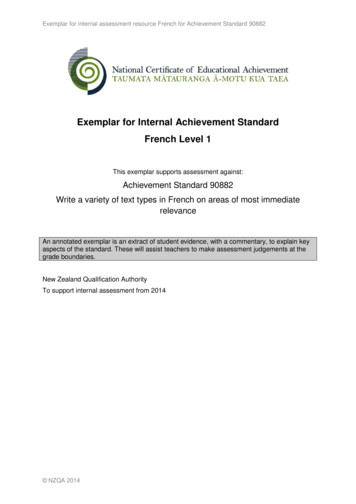
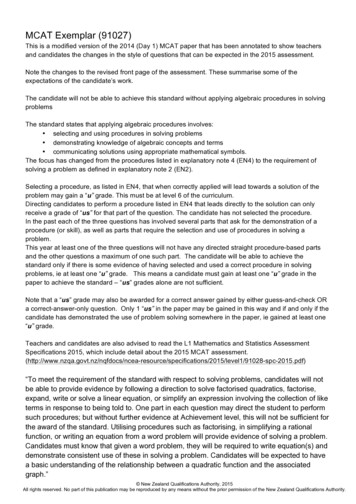




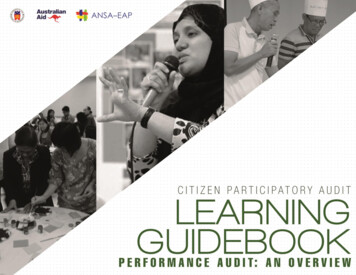

![project2 Encase.pptx [Read-Only]](/img/12/project2-encase.jpg)
